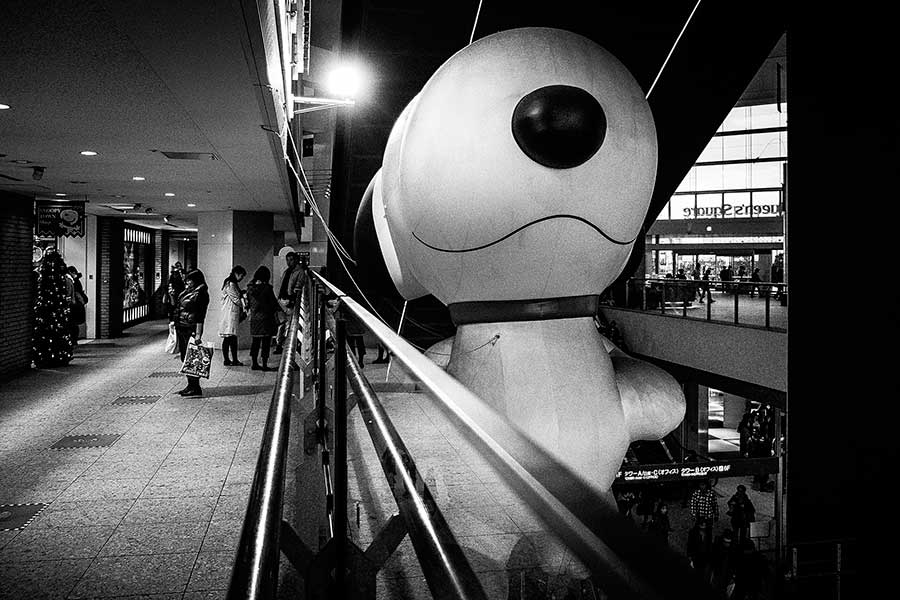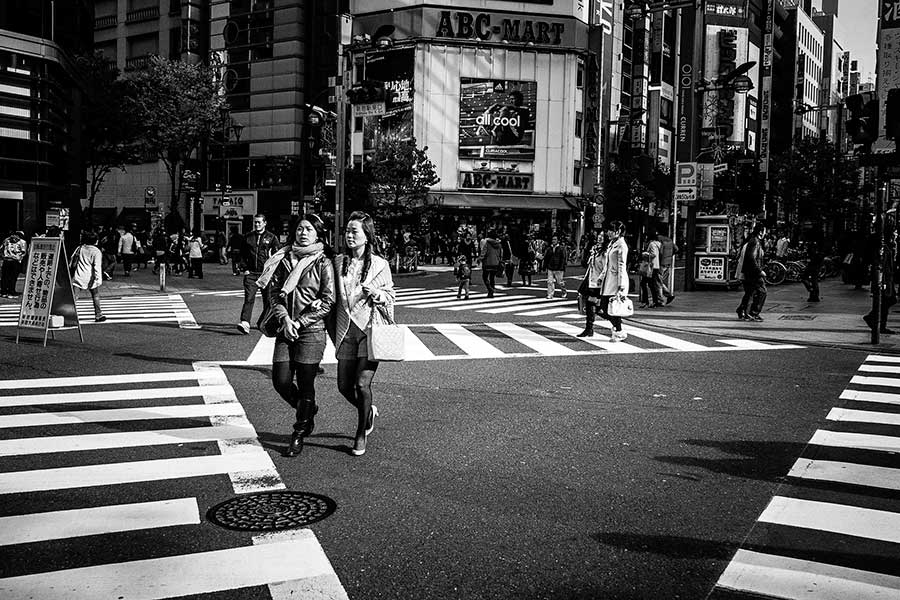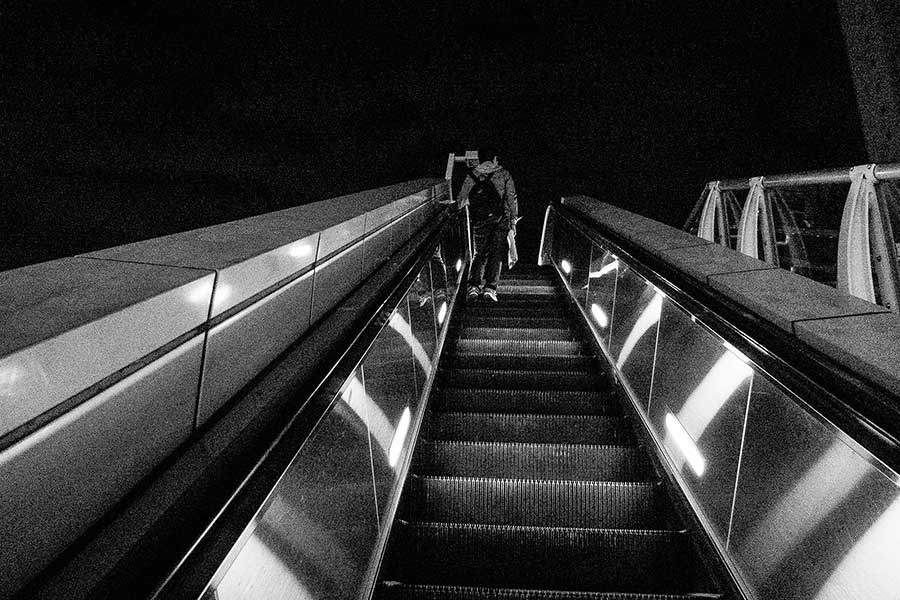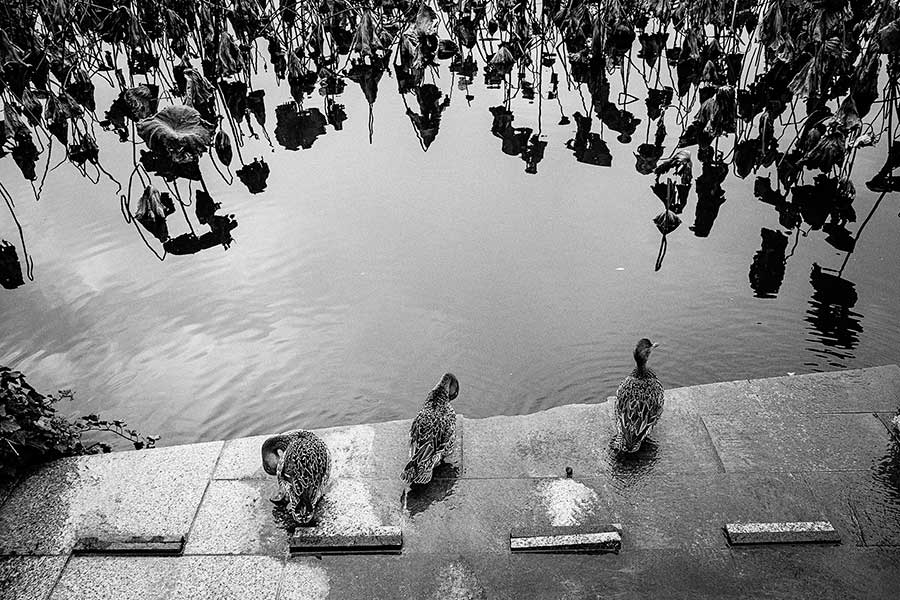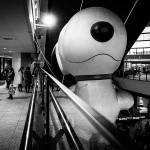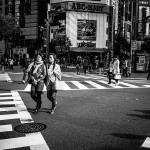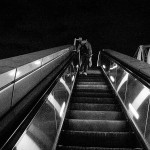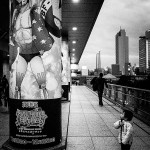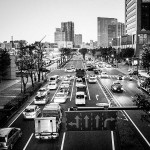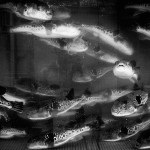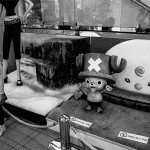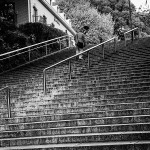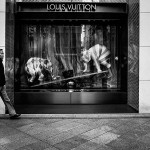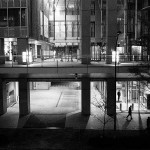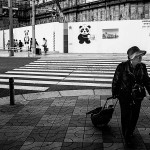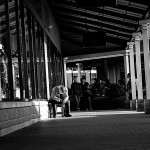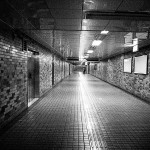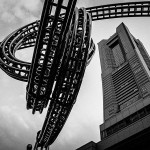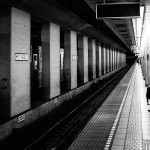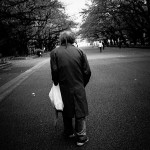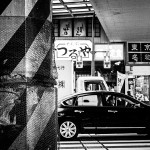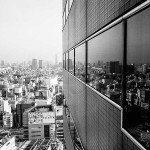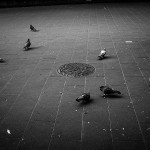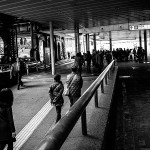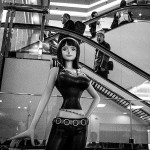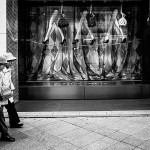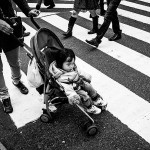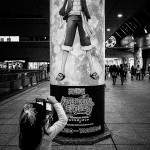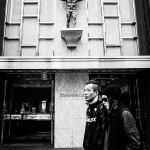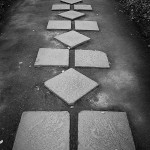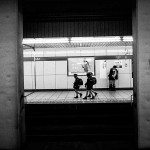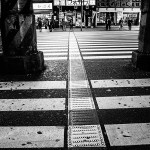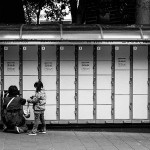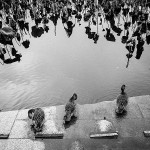I like traveling and one of the things I enjoy doing when I travel is to wander around (sometimes aimlessly) and shoot whatever catches my eyes. During my visit to Japan about 2 months ago, I used the Fuji X10 as my walkabout camera. This post features mainly street photography images and an upcoming follow-up post will also feature street photography images but shot within the confines of a Zoo.
‘Still I have always been drawn by windblown clouds into dreams of a lifetime of wandering’ ~Matsuo Basho (1644-1694)
Most of my impressions about the camera which I mentioned previously (see “Fuji X10 takes to the streets” and “Fuji X10 initial impressions”) remain the same so I will only touch on a couple of things that I felt were significant during this trip:
- Carrying the X10 around as my sole shooting camera is a liberating experience because of its size and weight. Once I completed my work assignment in Yokohama, I was more than eager to leave my Canon gear behind in the hotel room. I have always felt that there is a certain freedom in shooting with a small camera system. My main travel camera(s) for years has been a Leica M6 and/or a Ricoh GR1v. I have used a Leica M8 and M9 as well for travel too but not as much as the M6. The X10 fits my requirements nicely when it comes to size and weight. There is no need to lug any heavy gear around and thus no need to carry a large bulky bag. It makes moving around (especially in crowded places) faster and easier.
- The f2-2.8 lens of the X10 is a wonderful thing to have. Most zoom lenses on digital point and shoots (or DSLR/Micro 4/3s/etc with their kit lens) tend to be really slow (f5.6, etc) at the tele side (or wide side for that matter). To me this has always been a put off and a disadvantage. The fast lens on the X10 adds a lot more flexibility to being able to shoot under more difficult (e.g. low light) conditions and I have come to really appreciate the lens that Fuji has put on this camera.
- I never thought that I would enjoy using the LCD screen more than an optical viewfinder but with the X10, I find that I am using the optical viewfinder a lot less. It could be that if the X10 had a hybrid optical viewfinder like the Fuji X100, I would be using it more but I seriously doubt so. It seems that people around me tend to ignore me when I use the LCD screen since I probably look more like a tourist.
- My standard settings for the X10 nowadays is: Shutter Priority Mode (1/160s or 1/200s) and ISO set to Auto ISO 3200. I also set Film Simulation to Black&White so I can see the B&W effect when I shoot using the LCD screen. Image stabilization is turned off and I have not used any of the EXR modes up till now.
Once Adobe Lightroom released an update that supported the X10’s RAW files, I have switched to shooting RAW files exclusively (previously, I was shooting RAW+JPEG). I find that the RAW files are a little soft out of the camera but sharpen up nicely during post-production. The images in this post were post-processed using the Beta version of Lightroom 4. Post-production is a highly personal thing and everyone’s preferences are different. Color vs B&W, Clean vs Grainy, Dark vs Light, Burning and Dodging, etc, it is up to the photographer’s vision of how the image is to be presented.
There is much to like about the X10 when it comes to Street Photography. Fast lens, good auto focus performance, small and discreet body, silent, and usable high ISO performance.
Wishing all readers a Blessed Lunar New Year!
